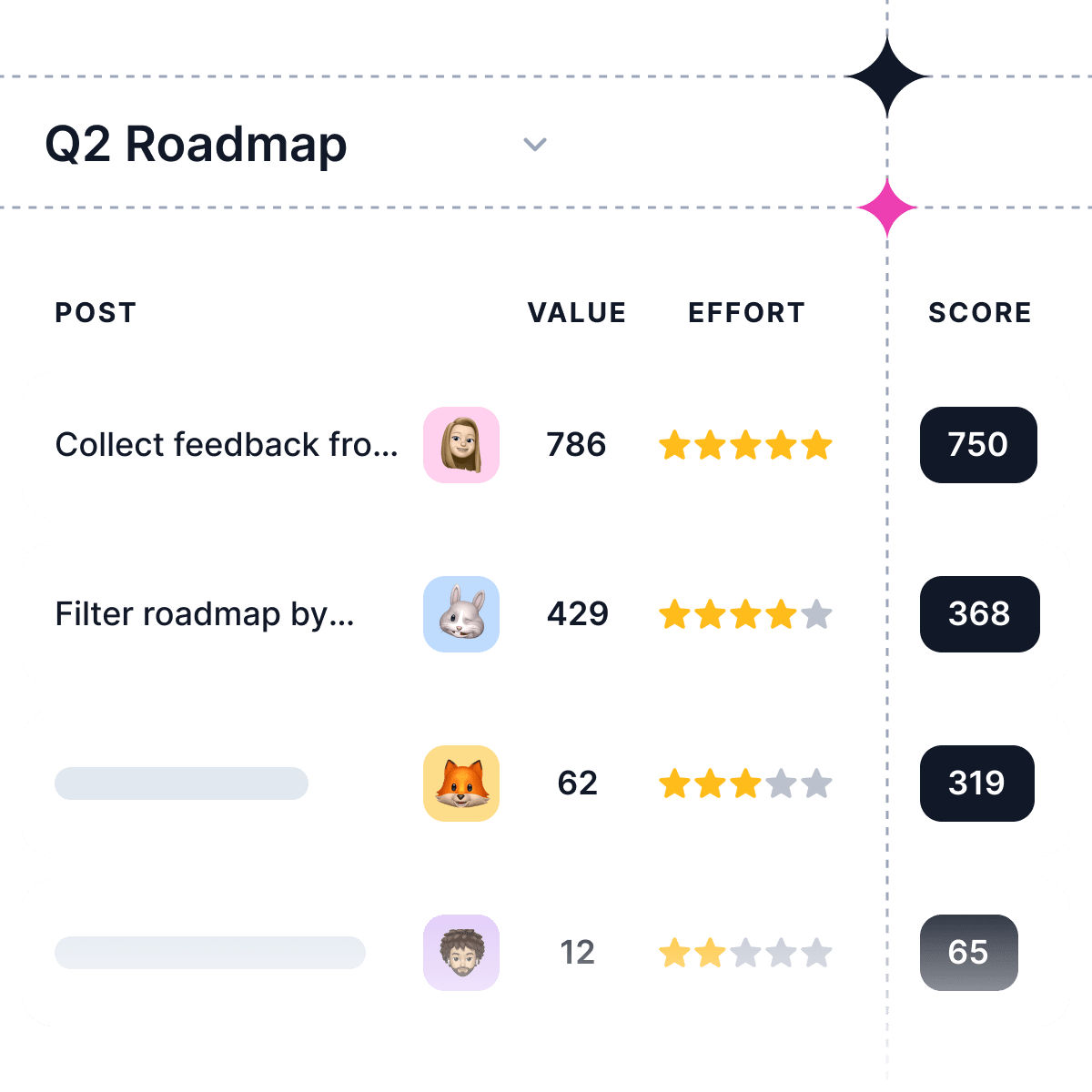Feedback is a crucial aspect of communication, both in personal and professional settings. It serves as a vital tool that helps individuals and organizations to grow, improve, and adapt to new challenges that they may face in their lives or work environments. By receiving honest and constructive input from others, we can better understand our strengths and weaknesses, and ultimately, become more effective communicators and collaborators.
In this blog, we will explore the different types of feedback and provide examples to help you better understand and apply them in your own life.
What is Feedback?
Feedback is the process of providing information to someone about their performance, behavior, or work product. This can be positive or negative, and it can come from peers, supervisors, or even customers. The goal of feedback is to help the recipient understand how they can improve and to foster a growth mindset.
11 Types of Feedback
Understanding the different feedback types is important because it allows you to choose the most appropriate and effective method for various situations. By matching the feedback type to the context, you can enhance communication and learning, ultimately leading to better outcomes for all parties involved.
Now, let's dive into the various feedback types with examples.
1. Positive Feedback
Positive feedback is the act of praising or complimenting someone for their efforts, achievements, or performance. This helps reinforce good behavior and boosts the recipient's self-esteem and motivation.
Examples of positive feedback include:
-
"Your positive attitude and energy are infectious, and they really help to keep the team motivated."
-
"You did an excellent job leading the project. Your communication skills and ability to keep us on track were outstanding."
-
"Your creativity and innovation have really helped us to come up with new solutions to persistent problems."
2. Negative Feedback
Negative feedback involves pointing out the shortcomings or mistakes in someone's performance or behavior. While this type of feedback can be uncomfortable, it is sometimes necessary to address problems or issues that need improvement.
Examples of negative feedback include:
-
"Your work has not been up to our expectations. We need to see significant improvement in the next few weeks or we may need to discuss other options."
-
"Your behavior toward your colleagues has been unacceptable. You need to be more respectful and professional in your interactions."
-
"Your work is consistently behind schedule. We need you to be more reliable and meet your deadlines."
3. Constructive Feedback
Constructive feedback focuses on providing specific suggestions for improvement without dwelling on the negative aspects of the recipient's performance. This type of feedback aims to help the individual learn and grow by identifying areas for improvement and offering actionable advice.
Examples of constructive feedback include:
-
"Your presentation was informative, but it would be even better if you used more visuals and examples to make your points."
-
"Your report was well-written, but there were a few grammatical errors. You might consider having someone else review your work before submitting it."
-
"I noticed that you tend to interrupt others during meetings. It would be helpful if you could work on being a better listener and letting others speak."
4. Appreciative Feedback
Appreciative feedback is a positive form of feedback that acknowledges and recognizes someone's strengths and contributions. It highlights what they're doing well and what they've accomplished.
Examples of appreciative feedback include:
-
"You have done an outstanding job on this project. Your approach has been really creative and effective."
-
"I just wanted to thank you for always being so helpful and dependable. Your contributions have made a big difference."
-
"I appreciate your attention to detail and how you always go above and beyond what's required."
5. Coaching Feedback
Coaching feedback is a more in-depth form of feedback that involves analyzing the recipient's performance, identifying areas for improvement, and providing guidance and support to help them reach their full potential. This type of feedback is often given by supervisors or mentors.
Example of Coaching Feedback
"During our last project, I noticed that you struggled with time management. Let's work together to develop a plan for organizing your tasks more effectively, and discuss strategies for prioritizing your workload."
6. Formative feedback
Formative feedback is a type of feedback that focuses on the process rather than the outcome. It is usually given in the form of questions or comments that encourage the recipient to reflect on their work or behavior and think about how they can improve. This type of feedback is especially helpful for learning and development, as it helps to identify strengths and weaknesses and encourages growth and progress.
Examples of formative feedback include:
-
"The navigation in the app is difficult to navigate through, can we simplify it?"
-
"The product roadmap is too broad, let's narrow it down to the most critical features."
-
"The feedback from the user testing is indicating that the feature is not working."
Formative feedback helps product managers refine the product, identify roadblocks, and prioritize product improvements.
7. Summative Feedback
Summative feedback is given after the completion of a project or task. It can be used for evaluation, grading, or to determine the success of a project or individual performance. It's important to use this type of feedback to assess the overall outcome, productivity, or overall achievement of the individual.
Examples of summative feedback include:
-
"Your report outlines the problem statement well, but it needs a stronger conclusion to support the findings"
-
"You delivered your presentation with confidence and clarity. Great job on sharing such a complex topic with the team"
-
"Your work on the project exceeded expectations, and our clients have expressed their satisfaction with the result"
8. Self-Assessment Feedback
Self-assessment feedback is given by the individual to themselves. It's a process of reflecting on one's own abilities and performance to evaluate their progress and identify areas for improvement. Self-assessment feedback may be based on intuition, personal judgment, and self-reflection.
Examples of self-assessment include:
-
"I think I need to work on my time management, I have a tendency to procrastinate on tasks"
-
"I feel like I get nervous when presenting to a large audience. I need to work on my public speaking skills to address this"
9. 360-Degree Feedback
360-degree feedback is a type of feedback that comes from multiple sources - supervisors, peers, team members, and even oneself. It's a type of comprehensive review that provides a holistic picture of an individual's performance, strengths, and areas for improvement. It helps individuals have better clarity about how they're seen by others and how they can grow.
Examples of 360-degree feedback include:
-
"Your team appreciates the way you help them improve their skills and lend a listening ear when they have challenges. Continue doing so to foster a supportive environment."
-
"Your supervisors view your work as exemplary."
-
"It's been stated by those around you, that you have a tendency to interrupt and may benefit from active listening techniques."
10. Solicited Feedback
Solicited feedback is requested by an individual who actively seeks feedback. It can be obtained through surveys, interviews, or focus groups. Solicited feedback provides an individual with specific feedback about a topic or event, present or future.
Examples of solicited feedback include:
-
"Can you give me feedback on the latest report I submitted? How well does it address the questions?"
-
"Can you give me feedback on how I handle myself during team meetings"?
11. Unsolicited Feedback
Unsolicited feedback, on the other hand, is not actively sought out. It can come from anyone, at any time, and may not always be constructive. Unsolicited feedback can be useful, but individuals should take it with a grain of salt and not allow it to hinder their confidence and growth.
Examples of unsolicited feedback that might be overgeneralized include:
-
"You're just not as organized as the previous employee"
-
"You need to work harder and fix your problems"
Conclusion
Feedback is a powerful tool for personal and professional growth. By understanding the various types of feedback and how they can be applied in different situations, we can foster better communication, improve our skills, and build stronger relationships with those around us. Embrace the opportunity to give and receive feedback, both positive and constructive, and use it as a catalyst for continuous learning and improvement.
Remember that feedback is not just about pointing out flaws or weaknesses; it's about helping others and ourselves reach our full potential in an ever-changing world. So, please keep an open mind and be receptive to the insights of others, as we all strive to grow and succeed together.






